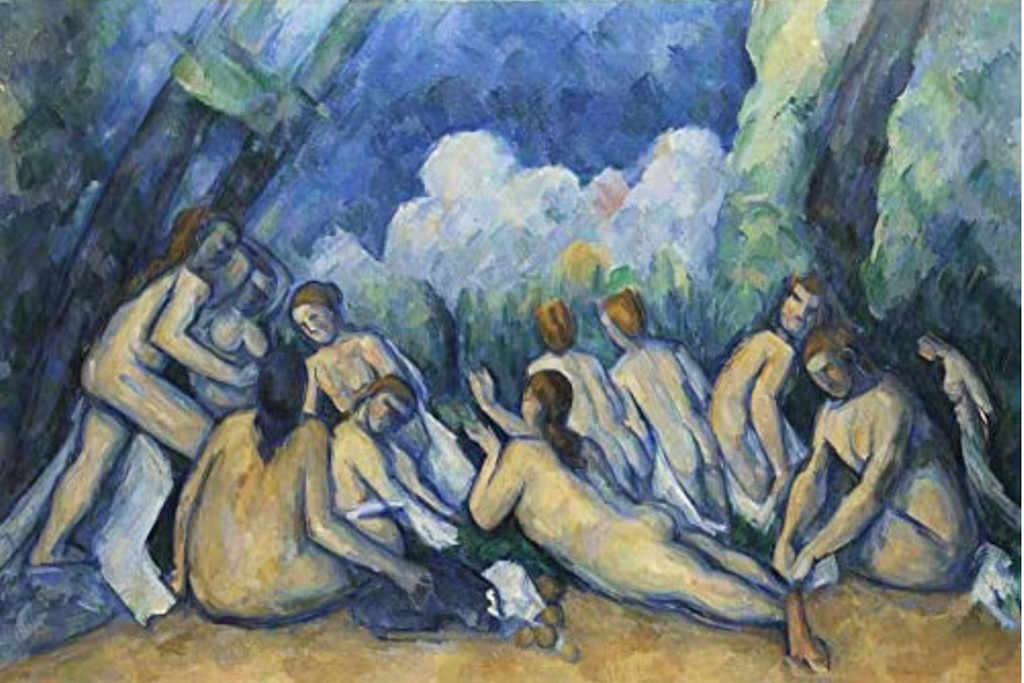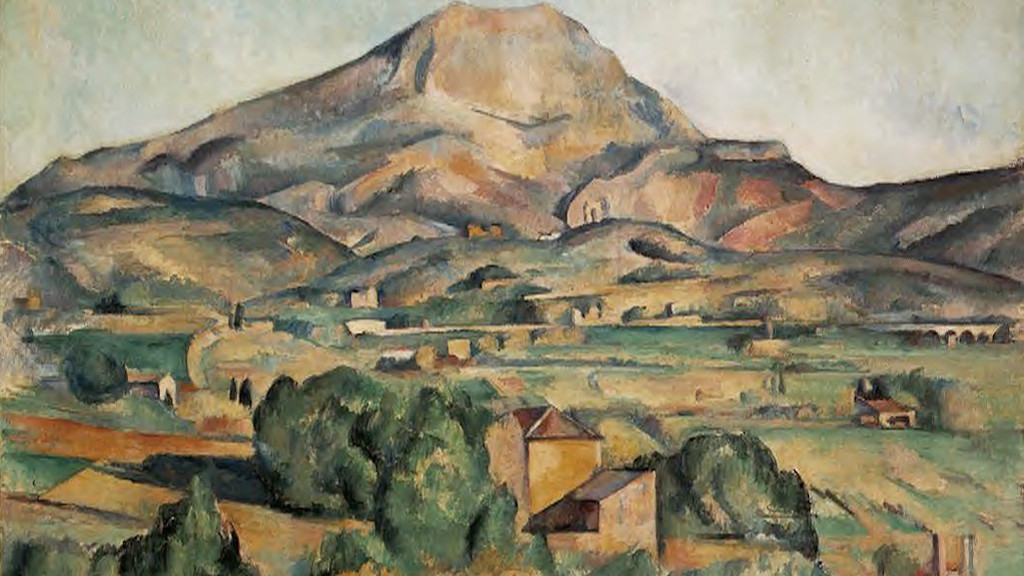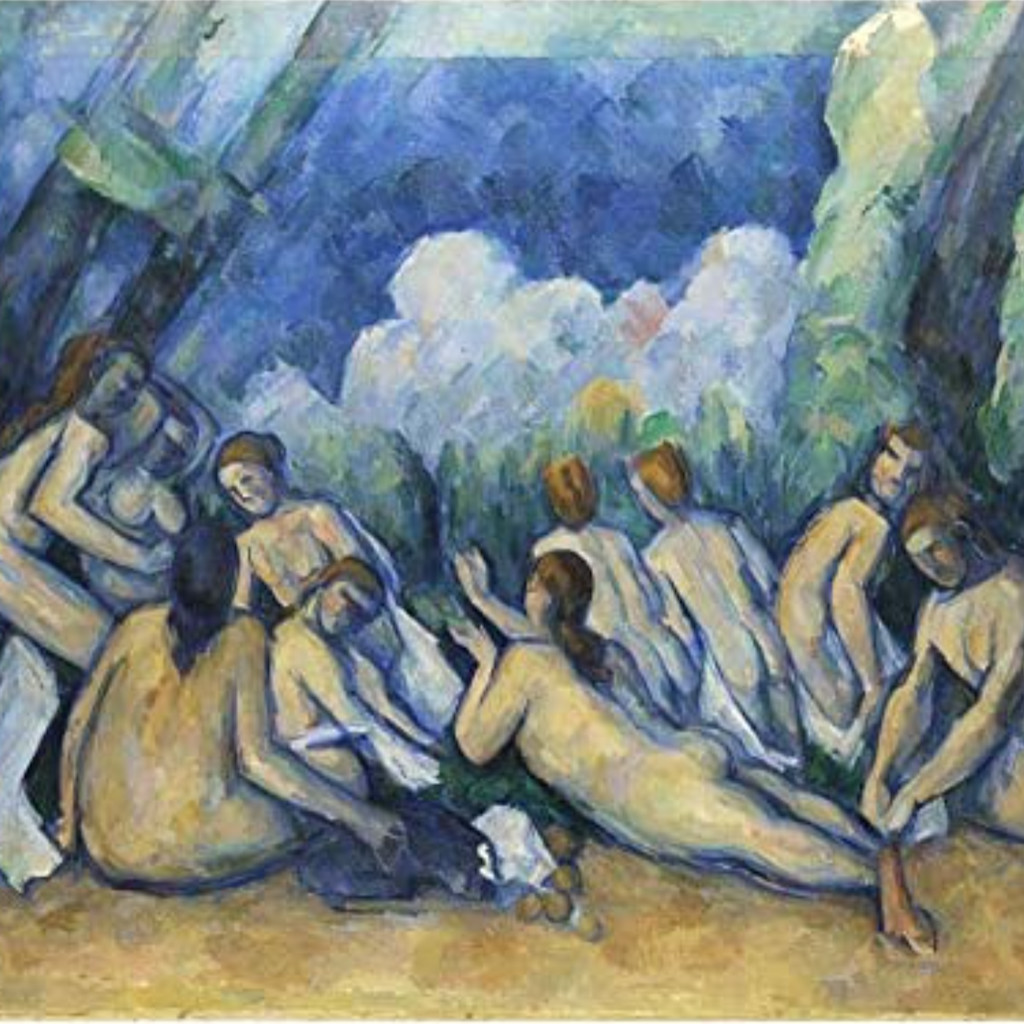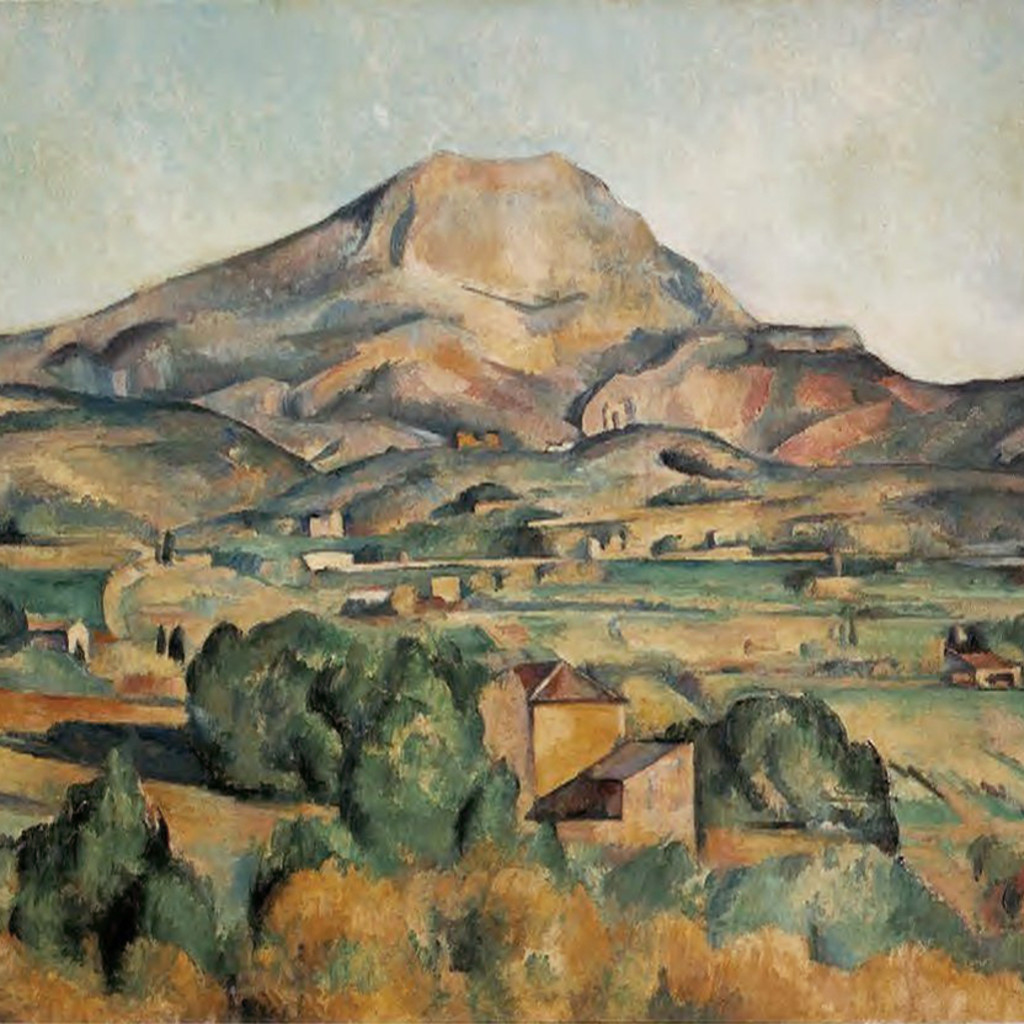
26 February 2021 | Culture
The Bathers by Paul Cezanne
Paul Cézanne
Paul Cézanne was a 19th century French painter. He was born in 1839 and grew up in Aix-en-Provence. As a child, he was friends with Emile Zola. He and Zola maintained their friendship through adulthood and it was Zola who introduced Cézanne to Manet. Aged 30, Cézanne met Hortense, who would become his model and companion. He painted 45 portraits of his wife during his life.
Cézanne remained attached to Provence and shared his life between the north of France and the region around Aix en Provence from where he painted the famous Sainte Victoire mountain.

Cézanne died in 1906 in Aix of pneumonia.
The painter Kandinsky said of Cézanne: "He knew how to make a creature endowed with a soul out of a tea cup, or more precisely to recognize in this cup a being. He elevates still life to such a level that externally 'dead' objects become internally alive. He treats these objects in the same way as man, because he had the gift of seeing the interior life everywhere."
The Bathers
The painting (painted between 1898 and 1905) depicts naked women in a landscape; the theme recurrent in works of Lancret, Fragonard, Courbet, Manet, Matisse and Picasso. The painting was very original for its time. The nude figures do not come from a myth or a renowned literary source. They are unknowns. Here, man and nature merge under this palette of blues and greens with similar brushstrokes. It is an ode to communion with nature, encapsulating sensitivity. Unlike the works of the time when the body was an erotic object in its representation, here it becomes organic to serve unity.
The painting was a of the cubism movement that was to come and makes Cézanne a precursor of modern art.
Further information here (in French); https://www.leslibraires.fr/livre/15014381-bleu-de-l-eggypte-ancienne-a-yves-klein-hayley-jane-edwards-dujardin-editions-du-chene
Photo gallery


